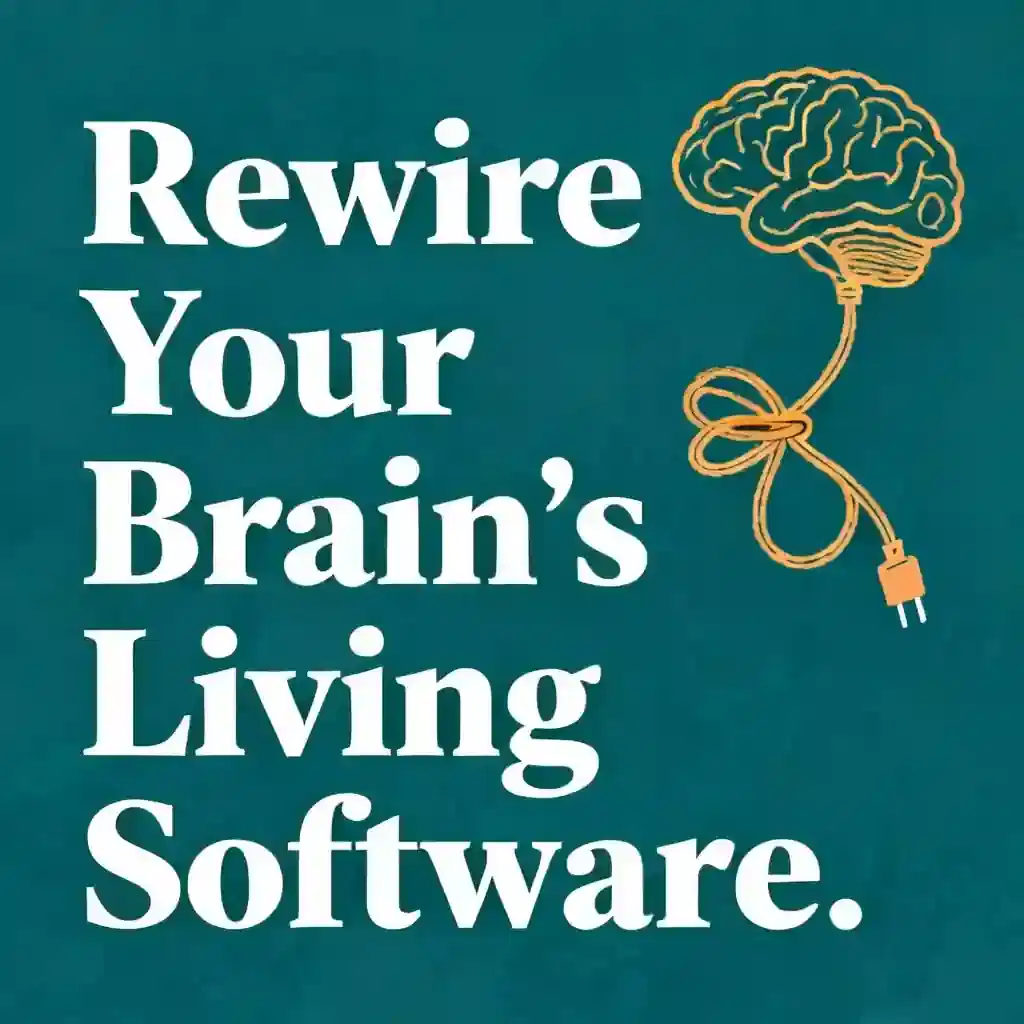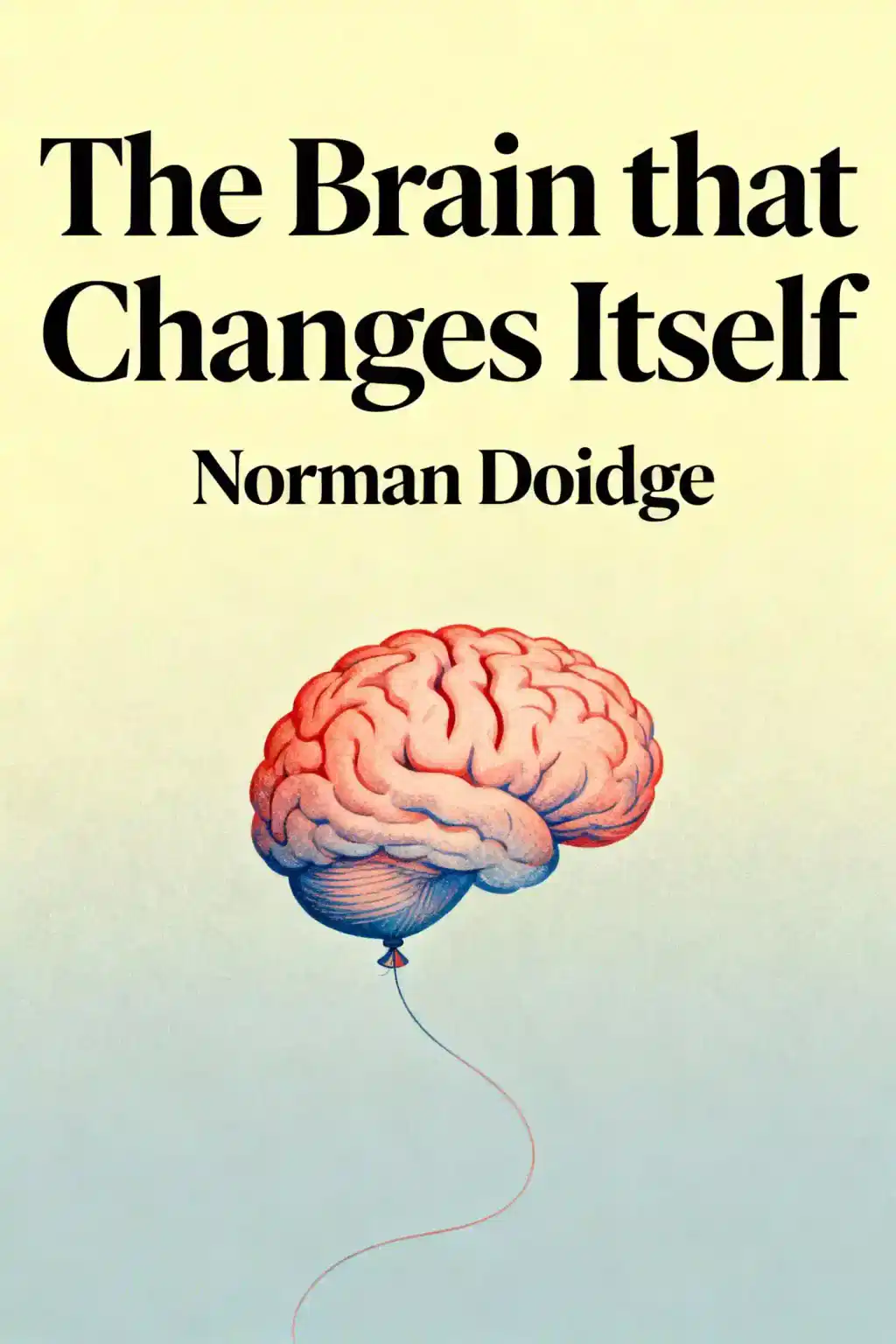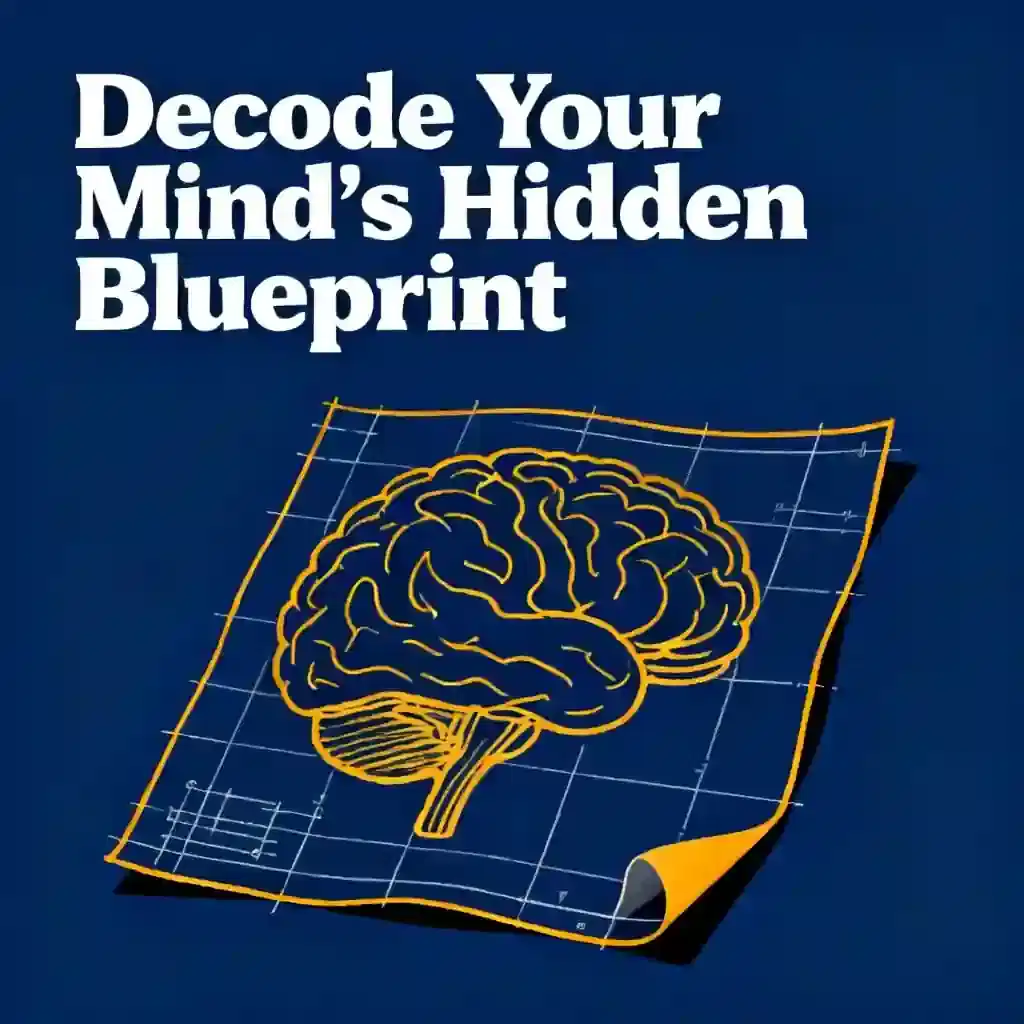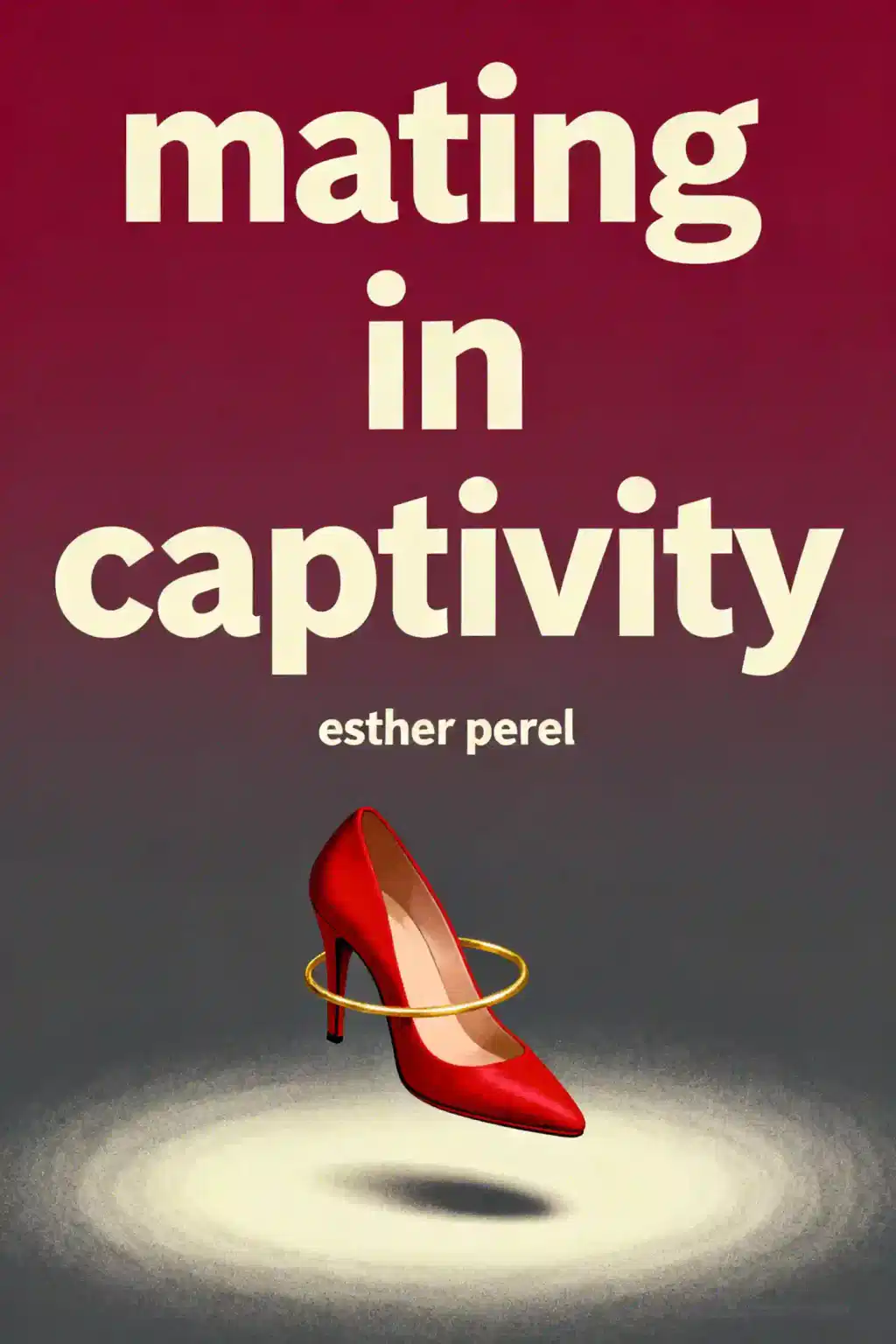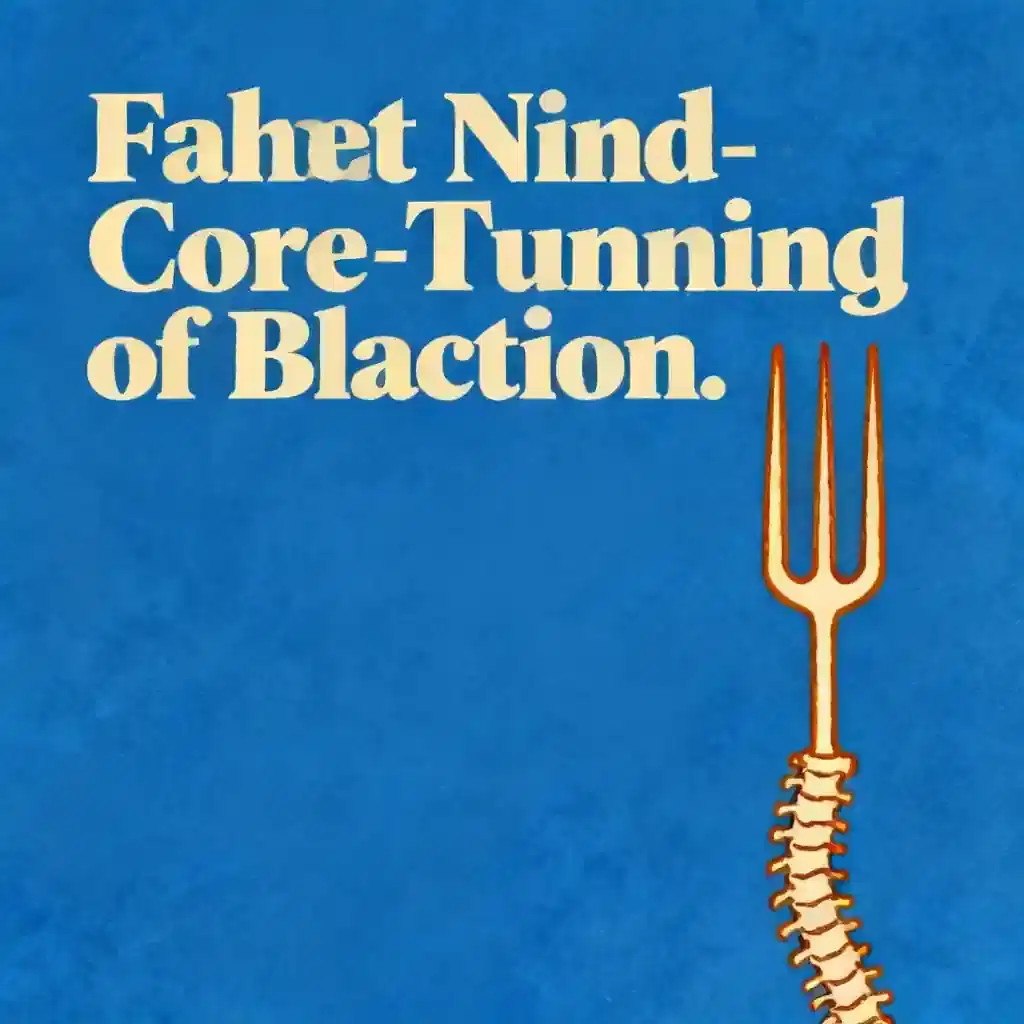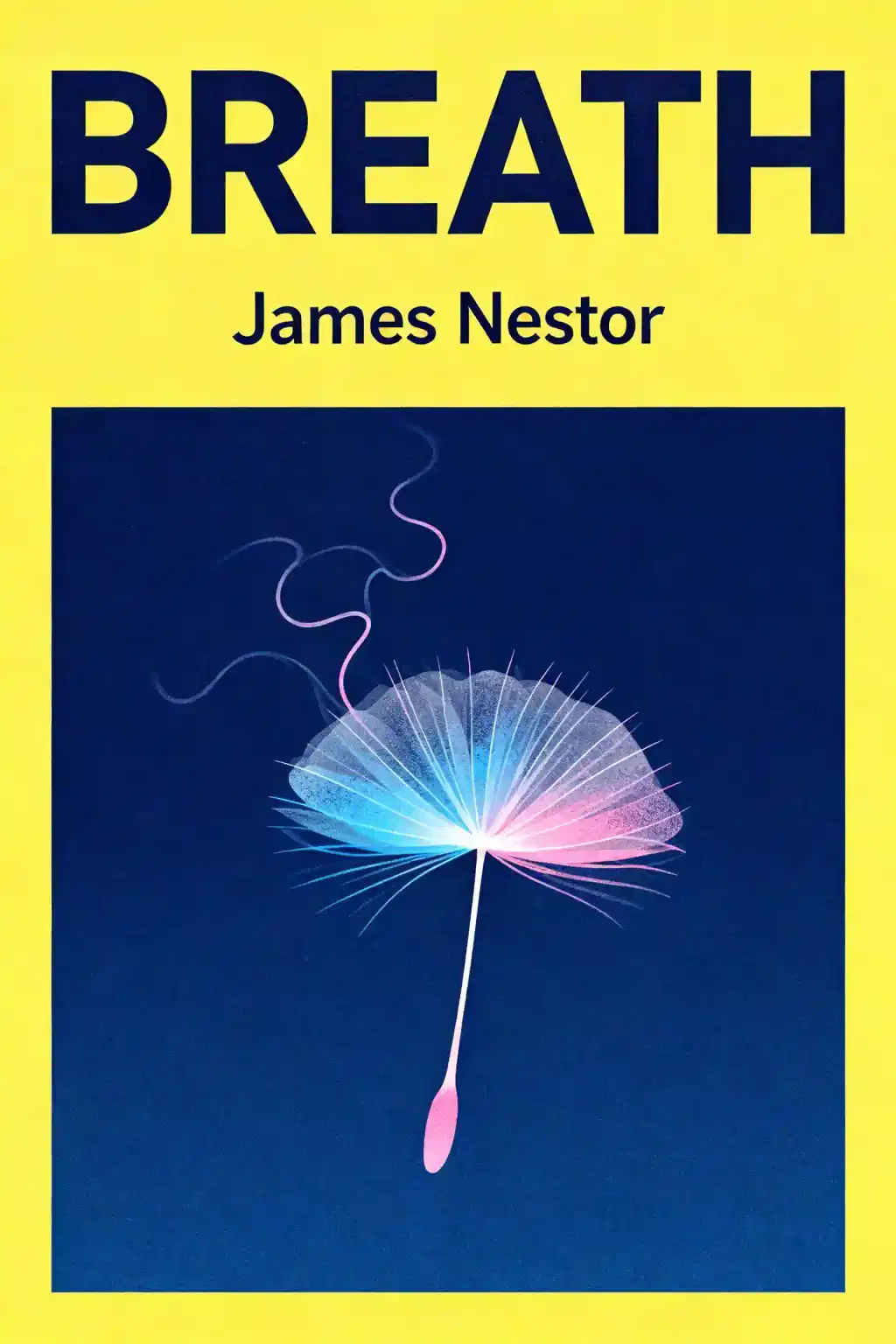What is Psychocybernetic Principles for Creative Living about?
Psychocybernetic Principles for Creative Living by Maxwell Maltz explores how your self-image controls your success and happiness. The book teaches that your brain functions like a goal-seeking mechanism, using visualization and conscious decision-making to reprogram negative thought patterns. Maltz presents real-world case studies showing how changing your mental self-image unlocks creative potential and achievement across all life areas.
Who was Maxwell Maltz and why did he write this book?
Maxwell Maltz was an American cosmetic surgeon who discovered that changing physical appearance didn't always improve patients' self-esteem. This insight led him to develop psycho-cybernetics, a system connecting self-image to success. Maltz wrote Psychocybernetic Principles for Creative Living as a practical companion to his groundbreaking 1960 book Psycho-Cybernetics, providing actionable exercises and real-world applications of his theories on human psychology and self-improvement.
Who should read Psychocybernetic Principles for Creative Living?
This book is ideal for anyone feeling stuck in life or seeking to understand the psychology behind achievement. Readers ages 14 and up who want to improve their self-image, break negative habits, and develop mental discipline will benefit most. The dense, practice-focused content requires note-taking and active engagement, making it perfect for those committed to personal transformation rather than passive reading.
Is Psychocybernetic Principles for Creative Living worth reading?
The book offers valuable concepts on self-image and goal achievement, though it has significant structural weaknesses. While readers praise the core psycho-cybernetic principles and interactive elements for self-reflection, many criticize the excessive anecdotes, rambling Q&A sections, and lack of organization compared to the original Psycho-Cybernetics. It's worth reading if you're new to Maltz's work, but the original book provides better explanation and structure.
What are the main concepts in Psychocybernetic Principles for Creative Living?
The book centers on self-image as the foundation of success, teaching that you control your mental programming through cybernetic principles. Key concepts include visualization techniques, the "quiet room" mental relaxation method, possibility thinking, and habit change through conscious decisions. Maltz emphasizes that your brain creates cognitive maps when learning under motivation without pressure, and that practice without stress leads to broader skill development and creative problem-solving.
What is the self-image theory in Maxwell Maltz's book?
Maltz's self-image theory states that your mental picture of yourself determines what you can accomplish in life. The book argues that combining self-image awareness with cybernetic control—the ability to steer your thoughts—creates unlimited potential for achievement. This concept runs throughout every chapter, with Maltz providing case studies of people who transformed their lives by consciously reshaping how they viewed themselves rather than changing external circumstances.
What does "to change a habit, make a conscious decision, then act out the new behavior" mean?
This quote from Psychocybernetic Principles for Creative Living captures Maltz's approach to habit transformation. It means you must first make a deliberate mental commitment to change, then immediately practice the desired behavior rather than gradually phasing out the old one. The conscious decision activates your goal-seeking mechanism, while the new action reprograms your self-image, making lasting change possible through intentional repetition rather than willpower alone.
What is the "quiet room" technique in Psychocybernetic Principles for Creative Living?
The quiet room technique teaches you to build a mental sanctuary for emotional decompression and stress relief. Maltz describes it as an internal space that depressurizes tension, worry, and anxiety, functioning like a tranquilizer without medication. The practice involves mentally clearing your mechanism before tackling new problems, creating psychological distance from immediate reactions. This visualization exercise helps transform crisis situations into creative opportunities by providing mental breathing room.
How does Psychocybernetic Principles for Creative Living compare to the original Psycho-Cybernetics?
While the original Psycho-Cybernetics (1960) provides comprehensive explanations and well-structured exercises, this companion book offers less depth and organization. Many readers describe it as a "disjointed rehash" filled with approximately 85% anecdotes, rambling Q&A sections, and letters praising the author. However, it includes more interactive elements for personal reflection and real-world applications. For first-time readers, the original Psycho-Cybernetics delivers superior content structure and explanation.
What are the criticisms of Psychocybernetic Principles for Creative Living?
The book faces criticism for prioritizing persuasion over actionable steps, with one reviewer noting it "spends more time persuading the reader that your thoughts create reality" than providing practical guidance. Other complaints include excessive anecdotes that dominate the content, rambling Q&A sections with artificial questions, religious undertones in certain passages, and poor overall structure. The repetitive nature and low content-to-page ratio disappoint readers seeking the depth of Maltz's original work.
How can Psychocybernetic Principles for Creative Living help with feeling stuck in life?
The book addresses feeling stuck by teaching you to identify and reshape your self-image, which Maltz argues is the root cause of stagnation. Through visualization exercises, possibility thinking, and conscious habit change, you learn to see goals clearly enough that they become real to your nervous system. The dense practice-based content requires active engagement and note-taking, helping you develop new cognitive maps and break free from limiting thought patterns that keep you stuck.
What is the connection between Psychocybernetic Principles for Creative Living and Joe Dispenza's work?
Maxwell Maltz's psycho-cybernetic principles, including visualization, affirmations, and the mind-body connection, directly influenced modern teachers like Dr. Joe Dispenza. The book extensively cites research on how mental imagery and repeated thoughts reshape neural pathways and behavior. Maltz's scientific approach to self-image transformation—grounded in his work as a cosmetic surgeon—laid the groundwork for contemporary neuroscience-based personal development, making this book a precursor to current mind-body healing and manifestation teachings.








